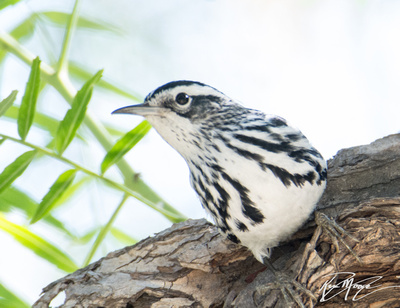Birding (and Observing Nature) in Long Beach
Starting January 1st 2018, I coordinated what is now an annual event. Nine friends joined me early in the morning for what is now called the LB100. We visited 11 parks looking for 100 species of birds within the City of Long Beach. Starting at 8am and finishing at 5pm. I have always thought that Long Beach is under birded and under appreciated for all the nature found here. That is actually how I started my website; I wanted to know what was in my own yard and own city. There are some excellent birders and naturalists who live here or nearby. Some use tools like eBird and iNaturalist to record their findings, but others just observe for their own enjoyment.
I thought I would organize some of my Long Beach hotspots. It is certainly not all inclusive, but is a good start. I hope many of you will contribute findings on iNaturalist and eBird.
UPDATE: In December of 2022, I created a birding map to help located eBird hotspots with annotation of where to park, bathroom info, and caution and revised a PDF with all the information.
PDF: https://drive.google.com/file/d/1Fix6GQ0ZkbAfi9sfNofjtT7Qne_j-1D-/view?usp=sharing
Google MAP: https://www.google.com/maps/d/u/0/edit?mid=1s66-yosGHEOvUdsgx8wOioElbnwbh-w&usp=sharing
All of Long Beach
Butterflies of Long Beach https://www.inaturalist.org/guides/7830
iNaturalist all of Long Beach https://www.inaturalist.org/observations?place_id=66068&subview=grid&view=species
Westside
Deforest Park
http://www.longbeach.gov/park/park-and-facilities/directory/deforest-park/
This park has always been a hotspot for warblers and migratory birds. It runs next to the LA River in northwest Long Beach. Check the river, in season, for gulls, shorebirds, and maybe a peregrine falcon.
- eBird
- Hotspot link https://ebird.org/hotspot/L305002
- Printable Checklist (some of these are rarities only seen once or a few times in the past, but an indication of why this is a hotspot) https://ebird.org/printableList?regionCode=L305002&yr=all&m=
- iNaturalist observations: https://www.inaturalist.org/observations?place_id=128196&subview=grid&view=species
Deforest Wetlands
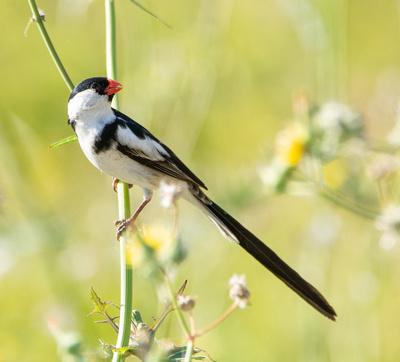

https://www.presstelegram.com/2018/06/30/once-an-overgrown-illegal-trash-dump-deforest-wetlands-in-north-long-beach-is-declared-officially-reinvigorated-saturday/
Recently a major restoration of the Deforest Wetlands connects the walk from Deforest Park to the Dominguez Gap. Look for butterflies, dragonflies, and lizards and frogs. Toward the south end, sometimes there is a homeless encampment. It gets cleaned out from time to time. Just watch your surroundings.
- eBird
- Hotspot link https://ebird.org/hotspot/L7732526
- Printable Checklist https://ebird.org/printableList?regionCode=L7732526&yr=all&m=
- iNaturalist observations: https://www.inaturalist.org/observations?place_id=128196&subview=grid&view=species
Scherer Park

 http://www.longbeach.gov/park/park-and-facilities/directory/scherer-park/
http://www.longbeach.gov/park/park-and-facilities/directory/scherer-park/
This park has a small pond that gets migrant waterfowl in winter. It is not birded very often but offers close up views of the ducks and other birds. It was known for the small Cackling Goose that took up residence with the domestic ducks. It was there for quite a few years, but sadly it disappeared in 2019. But do check for other waterfowl.
- Hotspot link https://ebird.org/hotspot/L754527
- Printable Checklist (some of these are rarities only seen once or a few times in the past, but an indication of why this is a hotspot) https://ebird.org/printableList?regionCode=L754527&yr=all&m=
Dominguez Gap
https://www.kcet.org/departures-field-guides/dominguez-gap
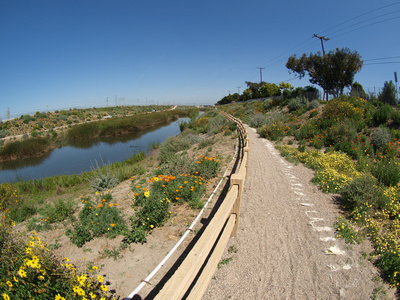

Dominguez Gap is fairly well established and runs next to a section of the LA River. Great for migratory waterfowl and Black-necked Stilts on the river. Blue-winged Teal, Cinnamon Teal, and Green-winged Teal can be found in the Gap in winter.
- eBird
- Hotspot link https://ebird.org/hotspot/L4792086
- Printable Checklist https://ebird.org/printableList?regionCode=L4792086&yr=all&m=
Rancho Los Cerritos
http://www.longbeach.gov/park/park-and-facilities/directory/rancho-los-cerritos/
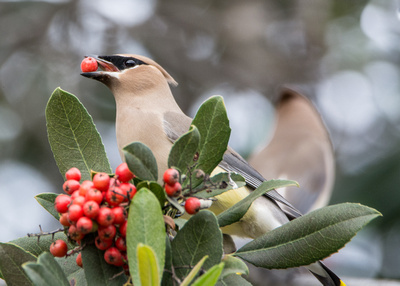

El Dorado Audubon has been conducting a monthly bird survey here since 2015, and now the Rancho is offering public bird walks. There are often resident Red-Shouldered Hawks, Common Raven, and lots of Hummingbirds. When the Toyon goes to fruit in winter, many birds come to feed including Cedar Waxwings.
- eBird
- Hotspot link https://ebird.org/hotspot/L3280075
- Printable Checklist https://ebird.org/printableList?regionCode=L3280075&yr=all&m=
- My website from past surveys: http://kimssight.zenfolio.com/rancho_los_ceritos_bird_count
Los Cerritos Park
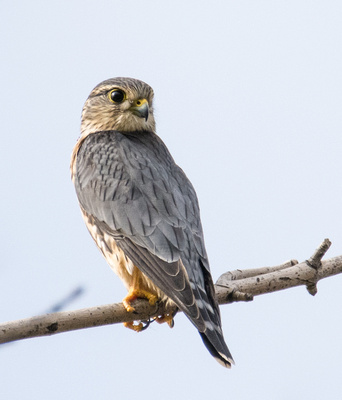

http://www.longbeach.gov/park/park-and-facilities/directory/los-cerritos-park/
We affectionately call this park Bathroom Park. Birders know that you can look all day and find nothing and the best birds are at the bathroom. This park is a good stop on the way to Dominguez Gap. On several consecutive winter outings, a Merlin has been found there. The open grassy lawn and high perches bring raptors. In the back of the park there are Silk Oaks which, when in bloom, are very popular with Western Tanagers.
- eBird
- Hotspot link https://ebird.org/hotspot/L4141355
- Printable Checklist https://ebird.org/printableList?regionCode=L4141355&yr=all&m=
- iNaturalist observations: https://www.inaturalist.org/observations?place_id=128196&subview=grid&view=species
Willow-Springs Park
This park has some nice habitat and potential, but suffers from location and variability of safety. Sometimes there is a homeless population there and often people engaged in questionable activities. But sometimes, the homeless have been moved out. I don't go alone and prefer the morning. There is a parking lot on Orange between Willow and Spring. There is a native garden to the top of the hill with nice views. You can walk down the hill on a trail to the south that borders the cemetery. At the bottom, there is a native plant farm and you can continue walking through a small wetland area over to a sump that sometimes has water.
- eBird
- Hotspot link https://ebird.org/hotspot/L8264995
- Printable Checklist (some of these are rarities only seen once or a few times in the past, but an indication of why this is a hotspot) https://ebird.org/printableList?regionCode=L8264995&yr=all&m=
- iNaturalist observations: https://www.inaturalist.org/observations?place_id=130830&subview=grid&view=species
Willow Street Bridge
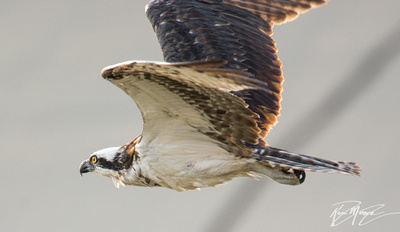

https://www.kcet.org/food-living/where-the-concrete-ends-the-river-begins-exploring-an-estuary-in-long-beach
Every birder worth their salt knows this hotspot on the river. South of the bridge are waterfowl and north of the bridge gulls and shorebirds. Osprey are frequently fishing. Rarities are often found here. I suggest you don't go alone for safety.
- eBird
- Hotspot link https://ebird.org/hotspot/L481023
- Printable Checklist https://ebird.org/printableList?regionCode=L481023&yr=all&m=
Points Along the Shore
Golden Shore Marine Biological Reserve


http://www.longbeach.gov/park/park-and-facilities/directory/golden-shore-marine-biological-reserve-park/
Near the mouth of the LA River, this spot can be hit or miss for birds, depending on season and tides. When it is a hit, Black Oystercatchers on the river side and large flocks of Black Skimmers in the Reserve. You can walk around to the Catalina Express docks, and also check out the small group of trees for migrating warblers. Bring quarters for the parking meters.
- eBird
- Hotspot link https://ebird.org/hotspot/L673176
- Printable Checklist https://ebird.org/printableList?regionCode=L673176&yr=all&m=
Shoreline Aquatic Park
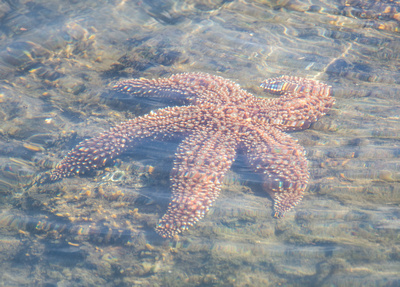

http://www.longbeach.gov/park/park-and-facilities/directory/shoreline-aquatic-park/
This little park is behind the Aquarium of the Pacific. It is not birded often, but a pleasant breeze and views of the Queen Mary make it very pleasant. At low tide you can see some marine invertebrates.
- eBird
- Hotspot link https://ebird.org/hotspot/L1112464
- Printable Checklist https://ebird.org/printableList?regionCode=L1112464&yr=all&m=
- iNaturalist observations from a 2018 Bioblitz: https://www.inaturalist.org/observations?place_id=any&project_id=shoreline-aquatic-park-bioblitz-cscscs-2018&subview=grid&verifiable=any&view=species
Colorado Lagoon
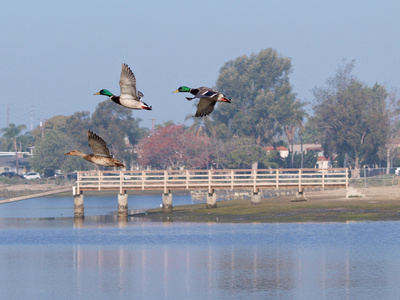

http://www.longbeach.gov/park/recreation-programs/aquatics/colorado-lagoon/
A lovely gem of a park to walk around. It has tidal water and gets lots of shorebirds and waterfowl in winter. It also has marine invertebrates such as sea jellies. It is adjacent to a golf course and has trees for flycatchers and orioles. it is birded regularly by the locals.
- eBird
- Hotspot link https://ebird.org/hotspot/L288881
- Printable Checklist https://ebird.org/printableList?regionCode=L288881&yr=all&m=
Marine Stadium
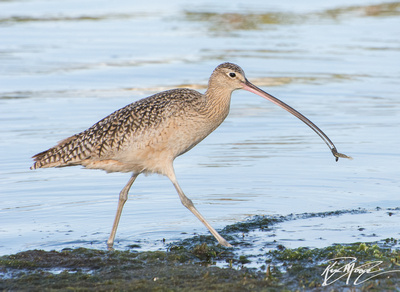

http://www.longbeach.gov/park/park-and-facilities/directory/marine-stadium/
A small spit of beach, but, when the tide is low, shorebirds flock.
- eBird
- Hotspot link https://ebird.org/hotspot/L3403561
- Printable Checklist https://ebird.org/printableList?regionCode=L3403561&yr=all&m=
Jack Dunster Marine Reserve
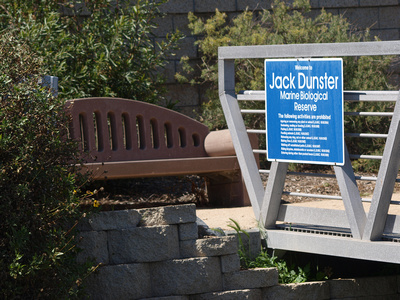

http://www.longbeach.gov/park/park-and-facilities/directory/jack-dunster-marine-biological-reserve/
A beautiful pocket park filled with native plants, butterflies, bees, and views of the bay. Cliff swallows collect mud when the tide is low and build their nests under the overhang of the sea retaining wall.
- eBird
- Hotspot link https://ebird.org/hotspot/L3403561
- Printable Checklist https://ebird.org/printableList?regionCode=L3403561&yr=all&m=
Sims' Pond Biological Reserve
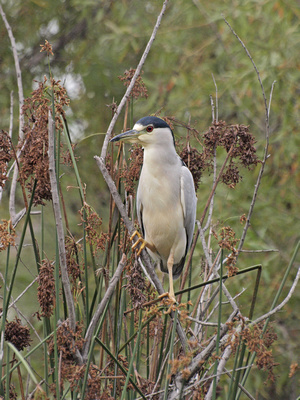

http://lcwstewards.org/Projects/sims.html
You can't enter the preserve without special permission, so this preserve is less frequently birded. You can look in from the outside along Loynes Drive. There are many Black-crowned Night Herons there and recently a couple of Yellow-crowned Night Herons were found there.
- eBird
- Hotspot link https://ebird.org/hotspot/L4415612
- Printable Checklist https://ebird.org/printableList?regionCode=L4415612&yr=all&m=
- A report on survey of birds that I prepared in 2013: http://alamitosheightsblog.com/wp-content/uploads/2014/11/simsbirds-2013-Final-v-1-1-2.pdf
Los Cerritos Wetlands
Los Cerritos Wetlands spans across Long Beach and Seal Beach. Public access is through guided walks and activities by several organizations, many on the Orange County side. Therefore, I mention it here, but am not including details because it is not strictly as Long Beach.
Eastside
El Dorado Park South of Willow - Duck Pond
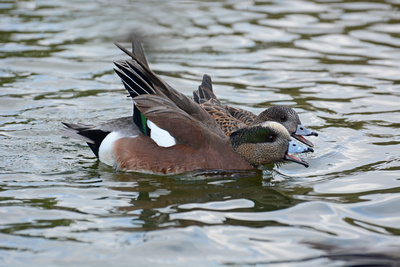

http://www.longbeach.gov/park/park-and-facilities/directory/el-dorado-park-west/
Filled with ducks, geese, Black-crowned Herons, and gulls, all begging for white bread which is served up by well meaning people. BREAD IS BAD FOR DUCKS!!! It has no nutritional value for them and it can contaminate the water as it rots.
Go birding in the park around the pond too. There are lots of trees, and there is brush along the fence next to the golf course.
- eBird
- Hotspot link https://ebird.org/hotspot/L4822370
- Printable Checklist hhttps://ebird.org/printableList?regionCode=L4822370&yr=all&m=
El Dorado Park - Nature Center
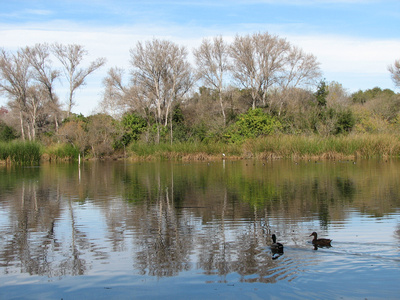

http://www.longbeach.gov/park/park-and-facilities/parks-centers-pier/el-dorado-nature-center/
This park is a beautiful tranquil place for wildlife including birds, mammals, insects, and of course, the turtles. The Great Horned Owls are always popular. There is a monthly bird walk and an annual butterfly count. Check their calendar.
- eBird
- Hotspot link https://ebird.org/hotspot/L198926
- Printable Checklist https://ebird.org/printableList?regionCode=L198926&yr=all&m=
- iNaturalist observations: https://www.inaturalist.org/observations?place_id=120389&subview=grid&view=species
- Photos from the insect study I conducted 2014 & 2015: http://kimssight.zenfolio.com/nature_center_insect_study_2014
El Dorado East Regional Park - Areas 2 and 3
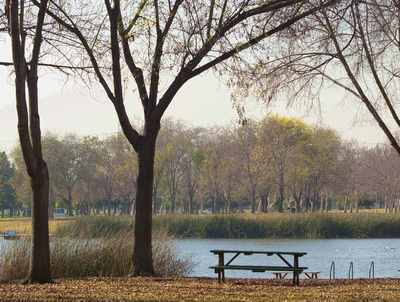

http://www.longbeach.gov/park/park-and-facilities/directory/el-dorado-east-regional-park/
This is a large park with many areas to explore. There are oak trees, sycamore trees, silky oaks, and ponds to attract birds. This park is great to explore any time of the year. Along the west side of area 3, there is a nice path along the fence line that is fun to explore for insects. There are dead trees kept for woodpeckers and other cavity nesters, such as Tree Swallows, Wrens, and Bluebirds. A group also maintains the Bluebird boxes.
The downside of this park is contending with recreational use. Drones and gliders seem to have multiplied. The park is packed on weekends and especially holidays, when it is littered with trash. I don't know where all the wildlife goes to hide because much of the lower brush has been cleared away. However, the real problem is the fishing line and lures that entangle, injure, and kill the wildlife. See my blog link below.
- eBird
- Hotspot links: Area 2 https://ebird.org/hotspot/L605440, Area 3 https://ebird.org/hotspot/L614595
- Printable Checklists: Area 2 https://ebird.org/printableList?regionCode=L605440&yr=all&m=, Area 3 https://ebird.org/printableList?regionCode=L605440&yr=all&m=
- My blog on fishing: http://kimssight.zenfolio.com/blog/2013/3/people-fish-and-birds
Wardlow Park
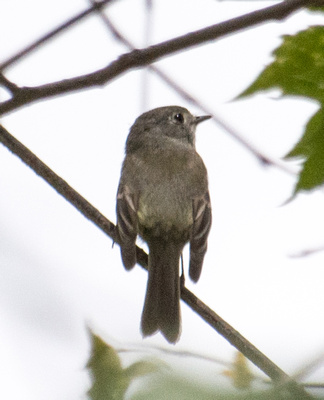

http://www.longbeach.gov/park/park-and-facilities/directory/wardlow-park/
Wardlow is a small park but can be surprisingly good for birds, particularly flycatchers in migration. There is brush and low vegetation along the fence which is good habitat for some birds. The many trees and tall snags are well appreciated.
- eBird
- Hotspot link https://ebird.org/hotspot/L1118116
- Printable Checklist https://ebird.org/printableList?regionCode=L1118116&yr=all&m=
Heartwell Park
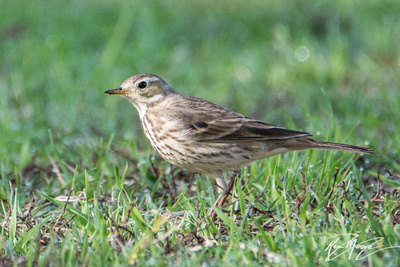

http://www.longbeach.gov/park/park-and-facilities/directory/heartwell-park/
This park is actually three parks. Clark to Bellflower has a small pond and tall trees. Bellflower to Woodruff has a community center and ball fields. It also has some very good tree including magnificent Tipu Trees. Woodruff to Palo Verde also has ball fields and is the least birded. You never know if that rare warbler will show up. You can always amuse yourself with American Pipits.
- eBird
- Hotspot link https://ebird.org/hotspot/L1059629
